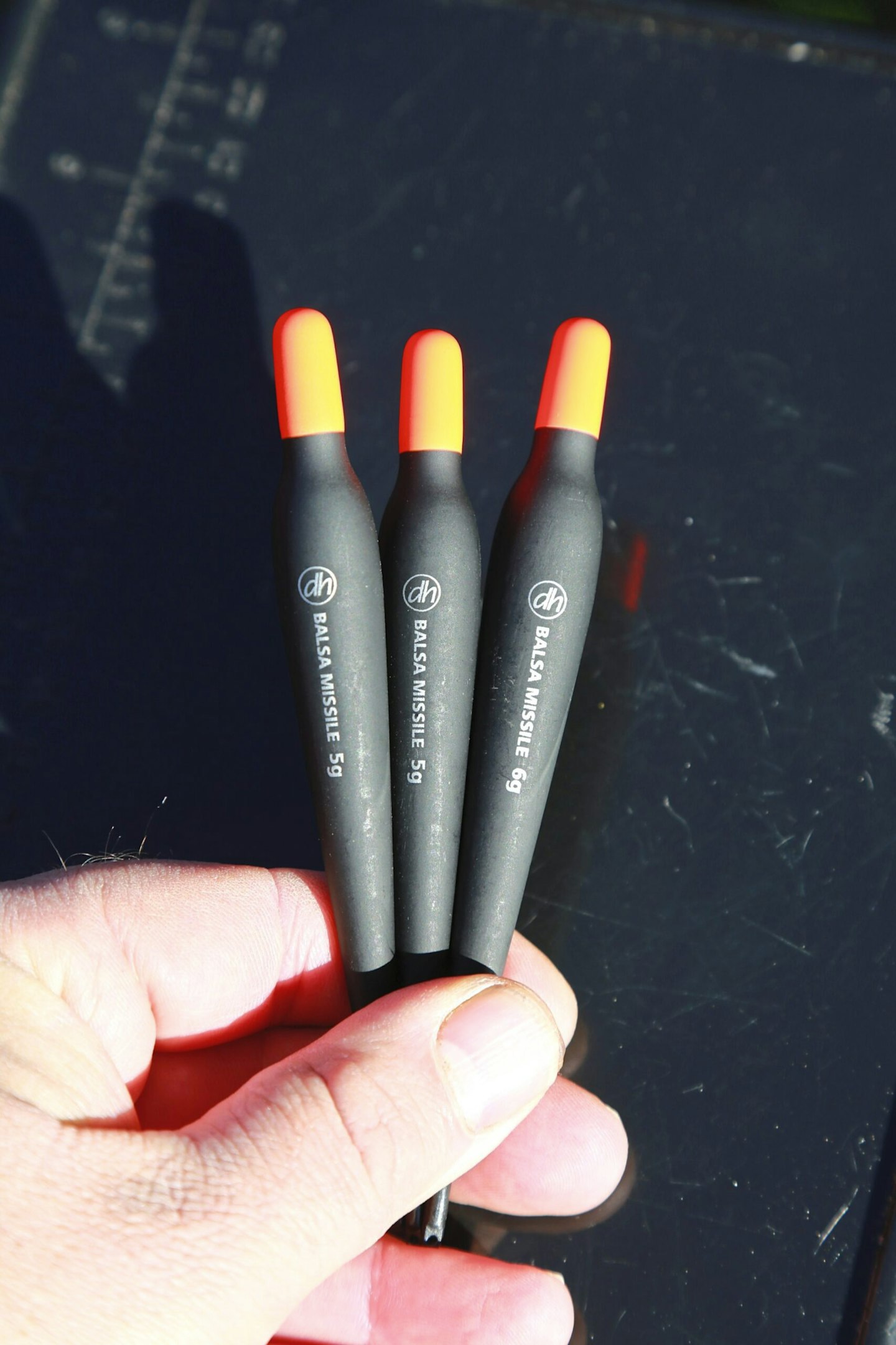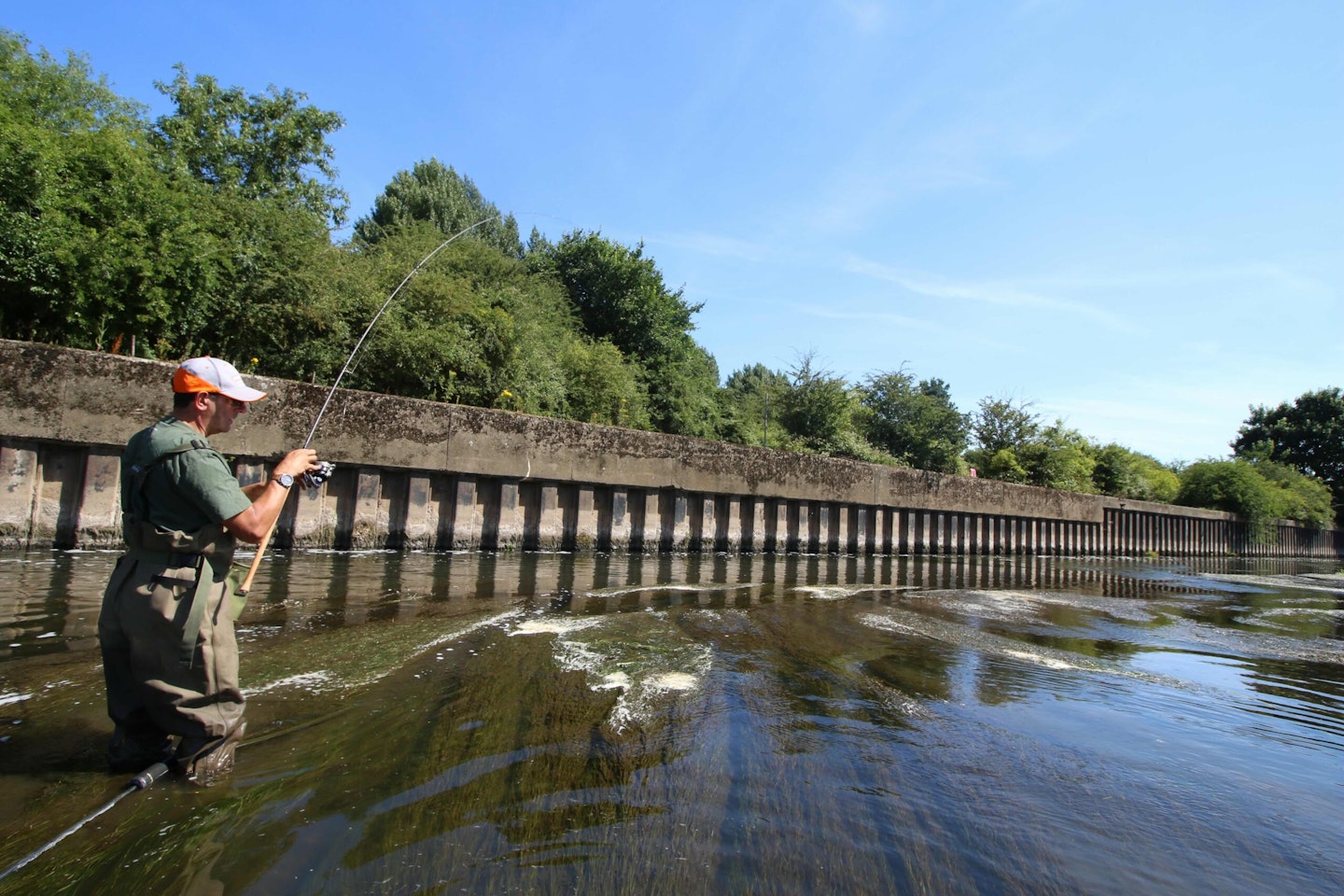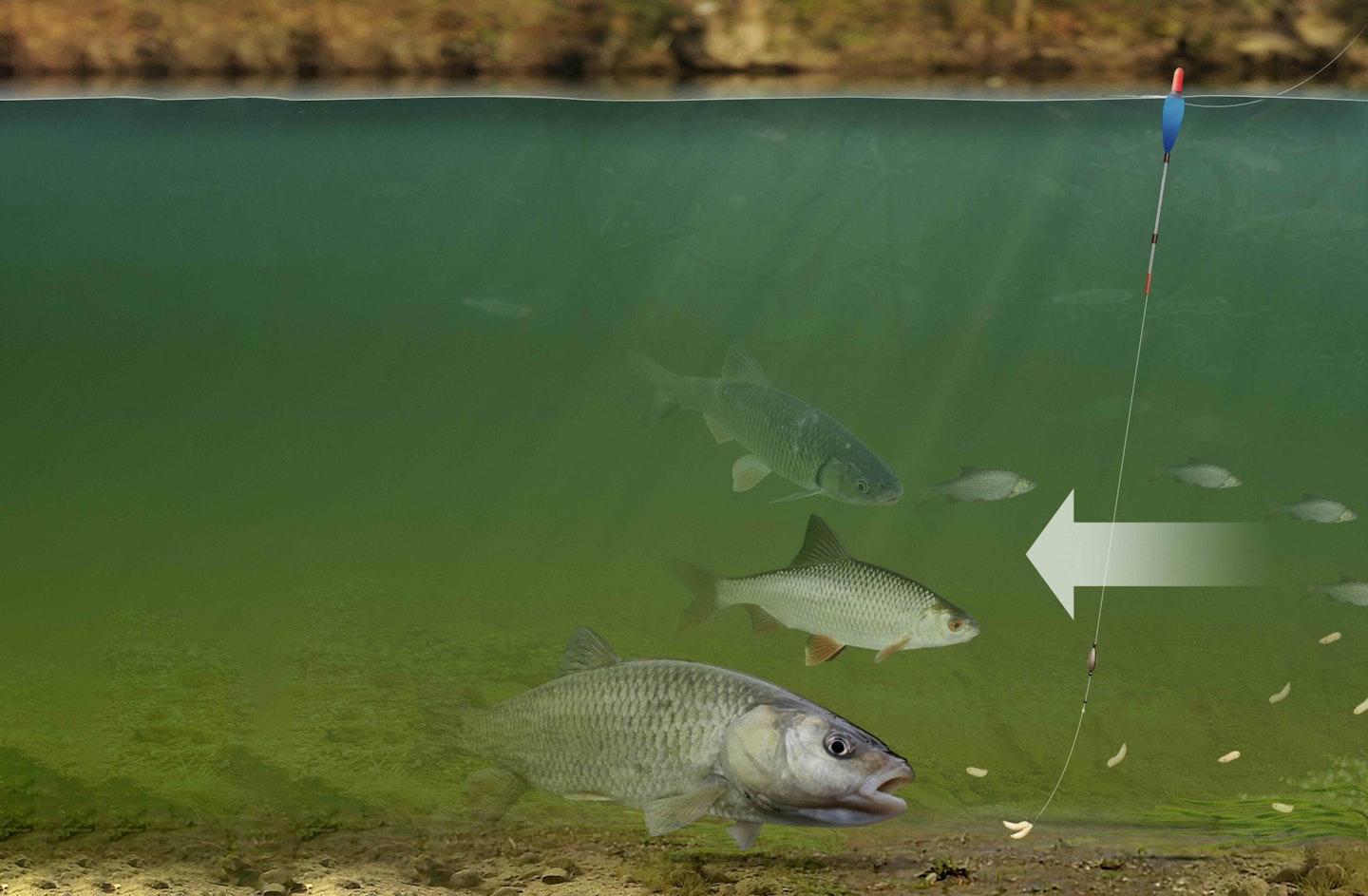As the rivers begin to cool down, autumn offers prime conditions for targeting chub using the classic float fishing technique, trotting. This method allows you to cover a lot of water and increase your chances of encountering these crafty fish by encouraging them to compete for loosefeed, and then presenting your hookbait in the most natural way possible.
Art of trotting
Trotting a float involves presenting your bait naturally by allowing it to drift downstream with the current. This technique is particularly effective in low water conditions when chub are more likely to be found mid-river, intercepting food items carried by the current.
If you get your feeding right and get the chub competing ferociously, it can be hard for them to refuse your hookbait. There isn't a more effective way of catching them.
OUR GUIDE TO THE BEST CHUB RODS, WILL HELP YOU CHOOSE THE PERFECT ROD FOR THE JOB.

Successful trotting
A longer rod, such as a 13-foot or 15-foot match-style float rod, provides better control and allows you to cover more ground. A centerpin or fixed spool reel is adequate, whichever is your preference. A heavy chubber float is ideal for this style of fishing, as it can carry a good amount of shot and resist being pulled off course by wind or line drag. Use a mainline of around 0.14mm, adjusting to 6lb line in weedy or snaggy swims. A lightweight but sharp size 8 or 6 hook, is suitable for this type of fishing.
KEEPING FLOATS AND TACKLE SAFE IS ESSENTIAL FOR EFFECTIVE ANGLING, CHECK OUT OUR GUIDE TO THE BEST FISHING TACKLE BOXES.

Bread is the ideal hookbait
Bread is a classic hookbait for chub fishing, and a loaf of thick-sliced white bread is all you need. You can either use a single piece of flake or combine it with a stream of mashed bread groundbait for added attraction. Such is the effectiveness of bread, it can often pay to rove around and trot through likely looking swims without feeding to see if you can get an opportunistic bite from a hungry chub. It is amazing how often this will work and is a great tactic when they fish are cagey or aren't really interested in feeding.
YOU CAN GET A LOT OF REEL FOR YOUR MONEY, OUR GUIDE TO THE BEST REELS UNDER £75 WILL GIVE YOU THE PICK OF THE BUNCH.

Maggots are king
If you want to get chub feeding, there is rarely a better bait to use than maggots. Red or white seem to work best, with most anglers preferring red for chub fishing. Start by feeding the swim with 20-30 maggots before casting in. We recommend getting to your swim and feeding while setting up.
This gives the fish a chance to gain confidence, and you will often get a quick bite soon after casting in. Feeding this way also prevents you from spooking the shoal, as the fish become so preoccupied with the maggots that they don't worry about what’s going on around them.
Don't be shy and don't give up. Take plenty of maggots for a day’s chub fishing—upwards of 4 pints are required—and keep them going in. Sometimes, you might feed a swim all day with no signs, but as the light begins to drop, the fish will start feeding, and you can catch multiple fish.

Tips for success
On smaller rivers, trot through four or five times before moving to a new spot. On larger rivers, spend more time trotting down different lines and depths. When hooked, try to draw the fish away from the feed area and avoid snags.
By perfecting the art of trotting and choosing the right bait and tackle, you can enjoy a successful season targeting chub. Remember, patience and persistence are key to landing elusive chub.

